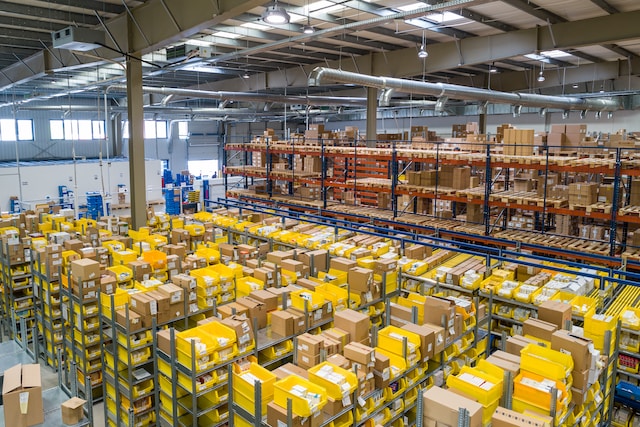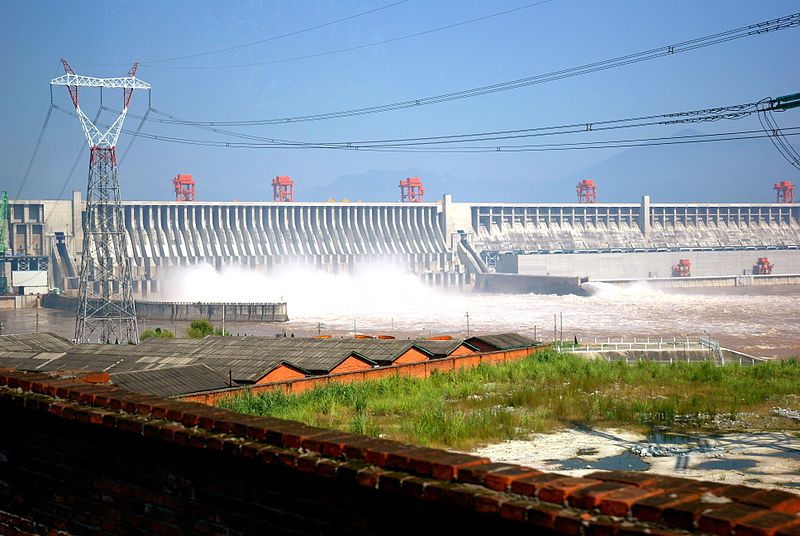In 2011, UN-HABITAT and Project for Public Spaces (PPS) signed a 5-year cooperative agreement to aspire to raise international awareness of the importance of public space in cities, to foster a lively exchange of ideas among partners and to educate a new generation of planners, designers, community activists and other civic leaders about the benefits of what they call the “Placemaking methodology.” Their partnership is helping to advance the development of cities where people of all income groups, social classes and ages can live safely, happily and in economic security and in order to reach these ambitious goals, the duo recently released 10 informative steps that cities and communities can take to improve the quality of their public spaces.
To find out what these steps are, read on!
UN-HABITAT Executive Director Joan Clos i Matheu believes that “what defines a character of a city is its public space, not its private space. What defines the value of the private assets of the space are not the assets by themselves but the common assets. The value of the public good affects the value of the private good. We need to show every day that public spaces are an asset to a city.”
Building inclusive, healthy, functional, and productive cities is perhaps the greatest challenge facing humanity today, but when done right, they can jumpstart economic development, help build a sense of community, civic identity and culture, facilitate social capital and community revitalization. Investing even a little bit into the quality of a public space delivers a significant return to a city that has the foresight to see its value.
Because urbanization is the definitive reality of the 21st century and because it is occurring most rapidly in places with the greatest lack of urban planning, UN-HABITAT and PPS came up with the Placemaking method in order to create places where the community feels ownership and engagement, and where design serves function, meeting basic human needs. The process will identify and catalyze local leadership, funding and other resources, drawing on the assets and skills of a community rather than on relying solely on professional “experts.”
Their 10 Steps to Success are:
1. Improve Streets as Public Spaces
Streets are the fundamental public space in every city, but many are choked by traffic, so Placemaking encourages the planning of cities for people and places, not just cars. The ideal street will be able to sustain different modes of transportation, whether it be car, rail, tram, bicycle or pedestrian, and all will work parallel with each other. Planning out a hierarchy of corridors ranging from major boulevards to quiet neighborhood streets will also affect what develops on that street and create more appropriate street-building interactions. Creating more pedestrian-friendly streets in general will provide spaces for interpersonal interaction and foster a sense of community that is impossible in a primarily vehicular road.
2. Create Squares and Parks as Multi-Use Destinations
if public squares and parks are planned around major public destinations, they build local economies, civic pride, social connection and human happiness. These spaces serve as “safety valves” for a city, where people can find either breathing room and relaxation in a well-planned park space or fear and danger in a badly-planned one. The most successful public spaces are “multi-use destinations” with many attractions and activities, where citizens can find common ground and where ethnicity and economic tensions can go unnoticed.
3. Build Local Economies Through Markets
Historically, the essential function of any urban center has been a crossroads where people have come together to exchange goods and ideas and public markets have been at the heart of most cities since ancient times. Markets are traditionally the most productive and dynamic places in our cities and towns, where the exchange of news, politics and gossip takes place and where people solidify the social ties that are essential to a healthy society. Markets do many things for cities, including but not limited to encouraging entrepreneurship, sustaining farmland around cities, strengthening ties between urban and rural areas and improving access to fresh food. Replacing the traditional market with a supermarket – a staple in the US – has proven to have no social value and has only deteriorated existing community ties.
4. Design Buildings to Support Places
Buildings with interesting interiors may be architecturally successful to some but it is the architecture that permeates outwards beyond the facade and towards the street level where it engages the city fabric that is the most successful because it is built with the human scale in mind. It is especially important to invest in public institutions like museums, government buildings and libraries so that they engage their surrounding urban environment and foster more opportunities for interpersonal interaction.
5. Link a Public Health Agenda to a Public Space Agenda
It’s nothing new that a healthy city offers citizens basic infrastructure like clean water, ablution facilities, sewage treatment, access to healthy food and safety in public areas. Healthcare facilities should serve as community centers, libraries should provide health education and services, public markets should be a source of fresh, affordable and nutritious food and transportation systems should encourage walking and reduce car traffic and air pollution. Where people feel a sense of ownership in their cities, they are more likely to take better care of the common environment and of themselves, resulting in a reduction in daily stress and less neighborhood crime thanks to an active public realm.
6. Reinvent Community Planning
When planning projects within an established community, it is very important to identify talents and resources in that community – people who can provide historical perspective, insights into how the area functions and an understanding of what is truly meaningful to local people. Planners should always partner with local institutions and involve them from start to finish because communities have a more holistic vision for their public space than the more limited outside professional and can act as valuable facilitators and resources. Good public spaces are flexible and respond to evolution of the urban environment, so keeping the community in long-term control ensures that the space will adapt to their changing needs.
7. Power of 10
The principle of the Power of 10 is the importance of offering a variety of things to do in one location – making a place more than the sum of its parts. For example, a park should not only be a park, but a park with a fountain, playground, food vendor, nearby library, etc. If a neighborhood has 10 places that each have 10 different things to do, then that neighborhood is on the right track; but if that city then has 10 neighborhoods of this nature, all citizens will be guaranteed excellent public spaces within walking distance of their homes.
8. Create a Comprehensive Public Space Agenda
Both top-down and bottom-up strategies are needed to develop, enhance and manage public space – leadership at the top is essential but grassroots organizing strategies are also integral to its success. A city must honestly assess public spaces and their performance and make bold decisions based off of this analysis. For example, New York City decided to carve a public plaza out of all of its 59 community board districts, Chicago decided to implement a small tax on new development to fund improvements of surrounding public areas and, internationally, Brazil launched an ambitious initiative to build 800 “public squares” in socioeconomically disadvantaged communities across the country over the next 3 years.
9. Lighter, Quicker, Cheaper: Start Small, Experiment
On the other hand, big is not always better – or the only strategy. Small moves like creating places to sit, a sidewalk, a cafe, planning a community event, organizing a container garden or painting crosswalks all have positive effects on a community and its public space. Informal settlements in particular are already accustomed to lightweight, innovative strategies that can rethink their environment, so implementing small changes here and there can really add up.
10. Restructure Government to Support Public Spaces
There’s no getting around it: you need local leaders, funding and other resources in order to create successful public space. There is hardly ever an official power structure in a community that focuses on creating successful public realms – the existing public structure sometimes even impedes successful public space. Each governmental department usually has a specific, narrow approach – transportation deals with traffic, parks with green space, etc – but if the ultimate goal of governance, urban institutions and development is to make places, communities and regions more prosperous, civilized and attractive for all people, then government processes need to change to reflect that goal. Cities need consensus-building, city consultation processes and institutional reform that enhance citizenship and inclusion and work for the public good, removing bureaucratic obstacles to quickly add value to a place and demonstrate future potential.
With these strategies in mind, it is the hope of UN-HABITAT and PPS that more communities around the globe will take on the responsibility of creating better public spaces for their people and will make it into a real priority that will fuel smarter urban development. [via]
Featured image [via]







